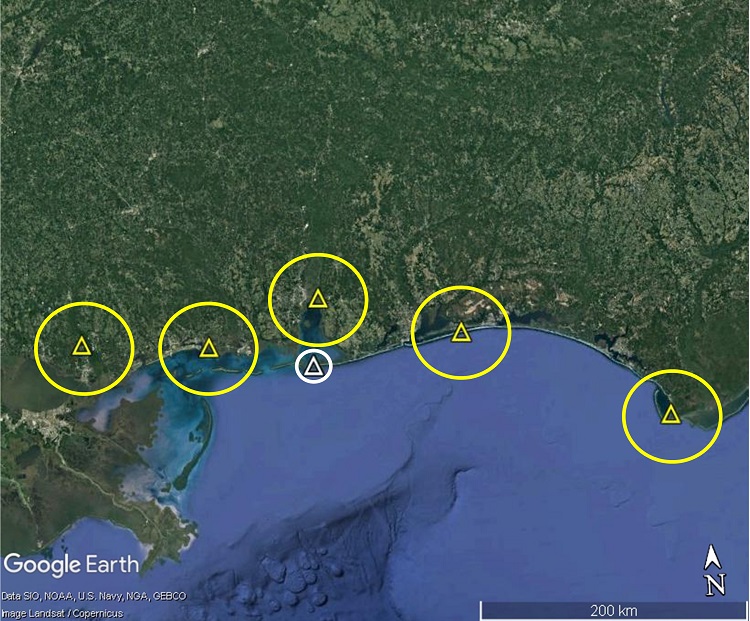Telemetry has advanced understanding of wildlife biology in lockstep with advances in technology. Recent development of automated radio tracking systems can provide precise information on habitat use at small-scale and large-scale movements across continents by continually monitoring for tag frequencies. Continuing advances in the miniaturization of tracking tags allow wildlife monitoring across a wide range of taxa, from large bodied mammals to insects. By pairing small transmitters with networks of automated radio tracking systems, researchers can collect data at multiple spatial scales from species that would be impossible to track over a large area using other means. Even with larger animals that are capable of carrying a GPS tag, automated radio telemetry provides advantages such as no need to retrieve the tag after deployment, higher frequency data at a finer scale, the ability to tag and track multiple individuals of multiple species, and cost savings. Researchers are gathering data on the movement ecology of wildlife to understand habitat use, response to environmental factors, and other aspects of their behavioral ecology.
An array of automated radio telemetry towers was established from eastern Louisiana to western Florida (~500 kilometer in length) to track movements by birds and turtles. The bird project will focus on the habitat use, departure decisions, and circum-Gulf migration of American Redstarts (Setophaga ruticilla) and Magnolia Warblers (Setophaga magnolia) that stopover at the Bon Secour National Wildlife Refuge in coastal Alabama. Results of this project will provide information on the decisions these migratory warblers make when they negotiate crossing the 1,000-kilometer Gulf of Mexico as well as habitat use within the Gulf region. The turtle project will determine the use of a high-gain telemetry system on a variety of turtle species but initially focusing on diamondback terrapins (Malaclemys terrapin macrospilota), green sea turtle (Chelonia mydas), Kemp’s ridley sea turtles (Lepidochelys kempii), and loggerhead sea turtles (Caretta caretta) captured in northwestern Florida. The ability to gather movement data from small turtles is currently limited. Results of this project will provide information on the viability of tracking turtle species using automated radio telemetry systems. If successful, these results will provide fine-scale information on habitat use and movement patterns for these, and potentially other, species.

Automated radio telemetry network across coastal Louisiana, Alabama, Mississippi, and Florida. Triangles represent locations of automated telemetry systems with yellow representing high-gain and white representing fine-scale. Circles represent the detection radius of each telemetry system. These systems will be programmed to search for radio-tagged birds and turtles.

